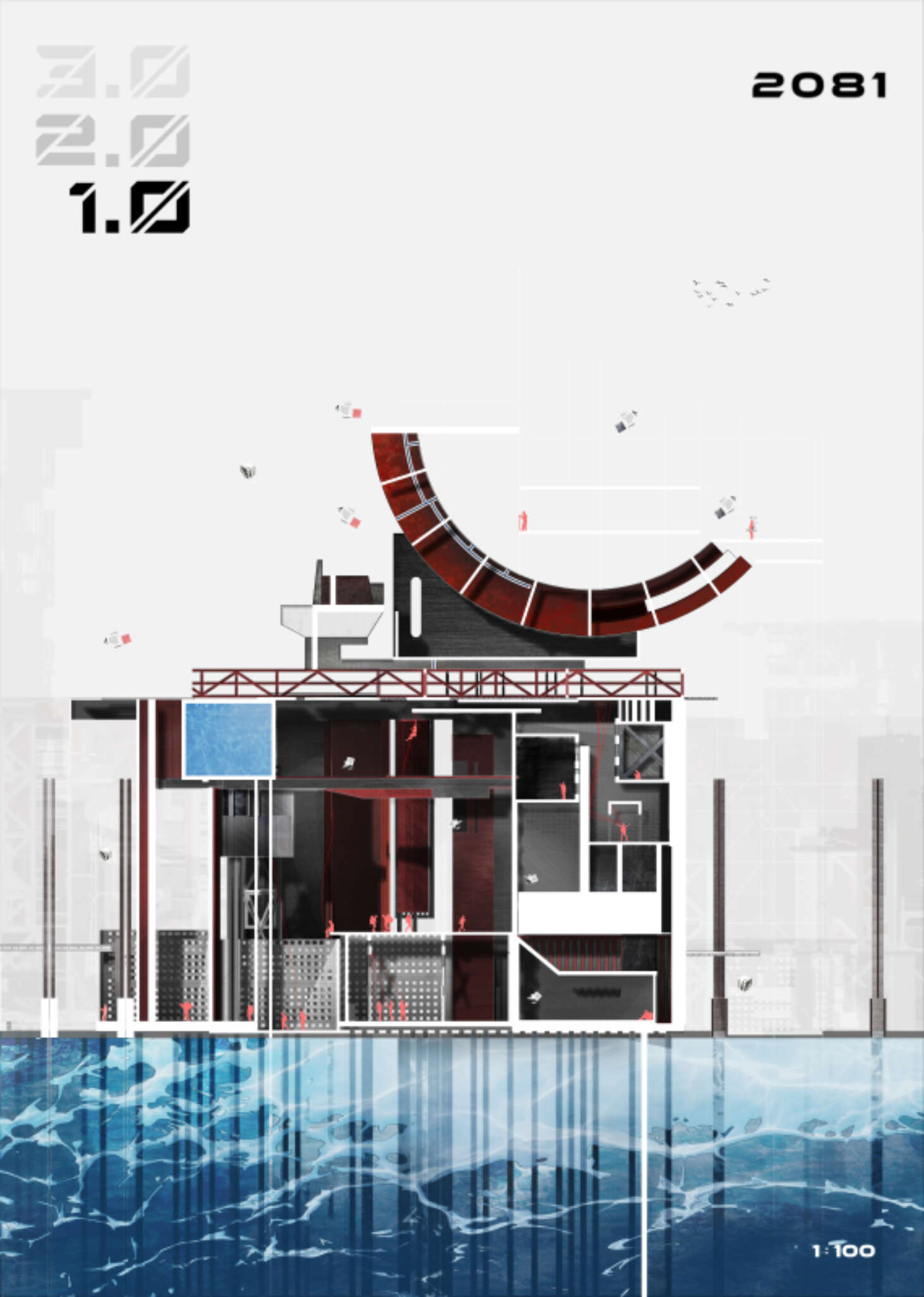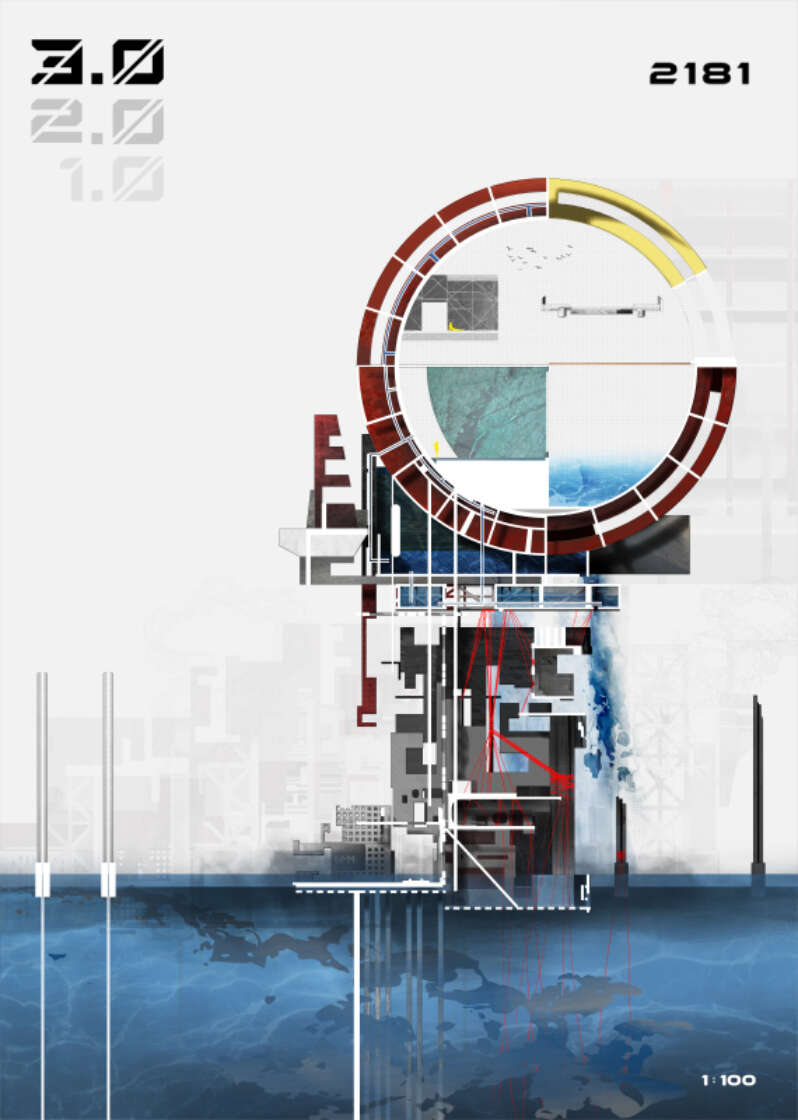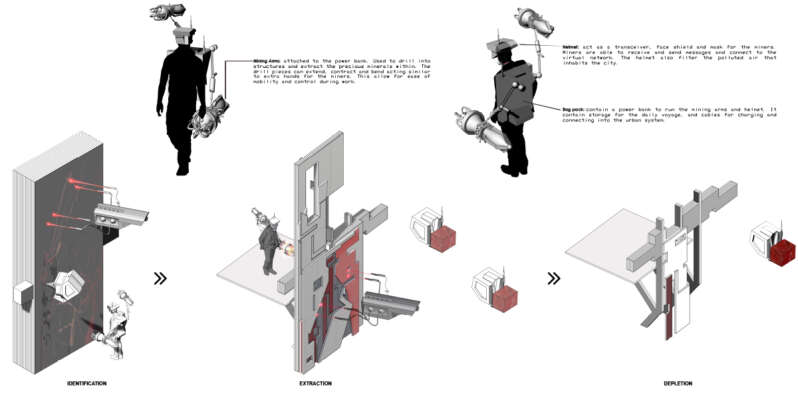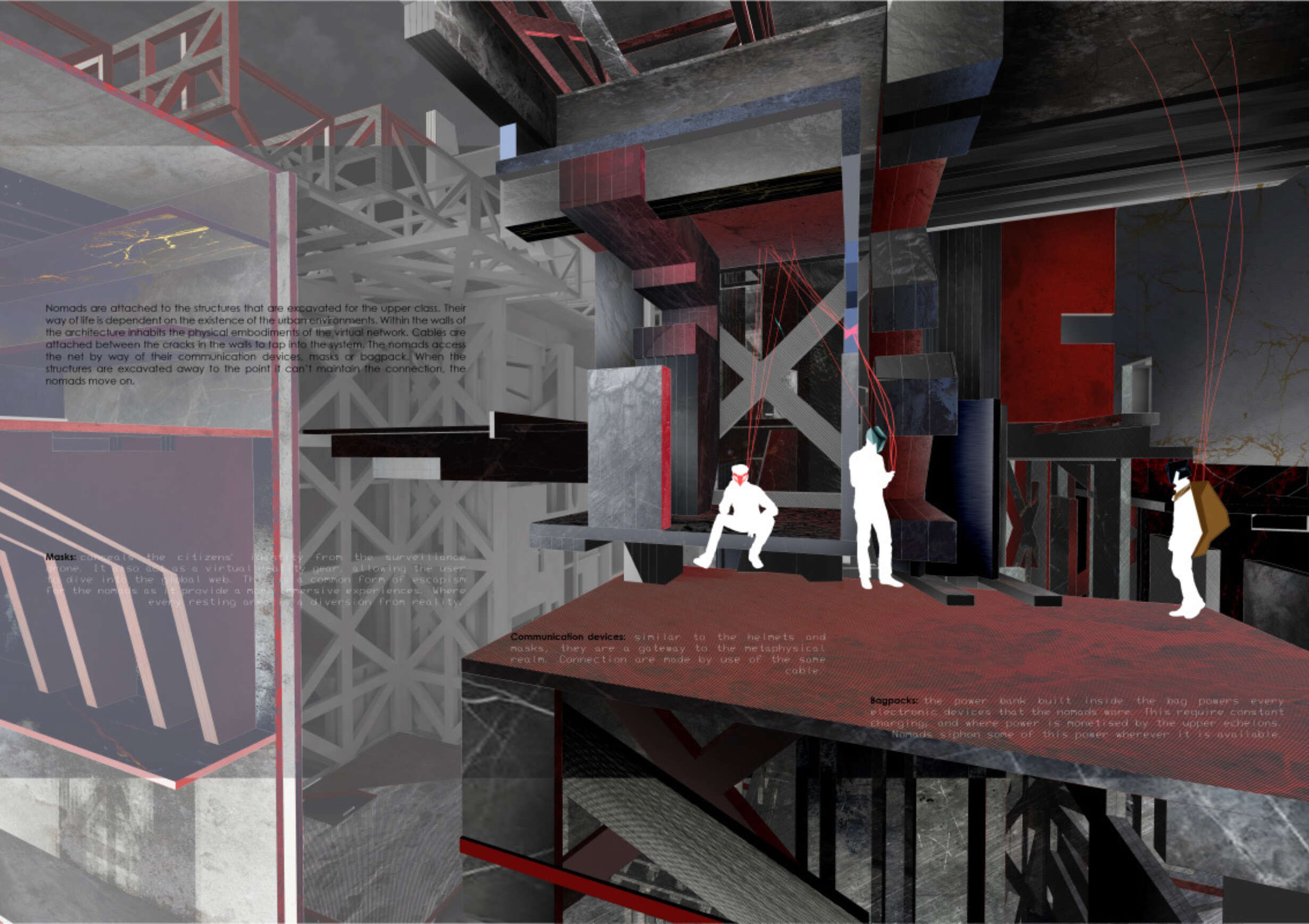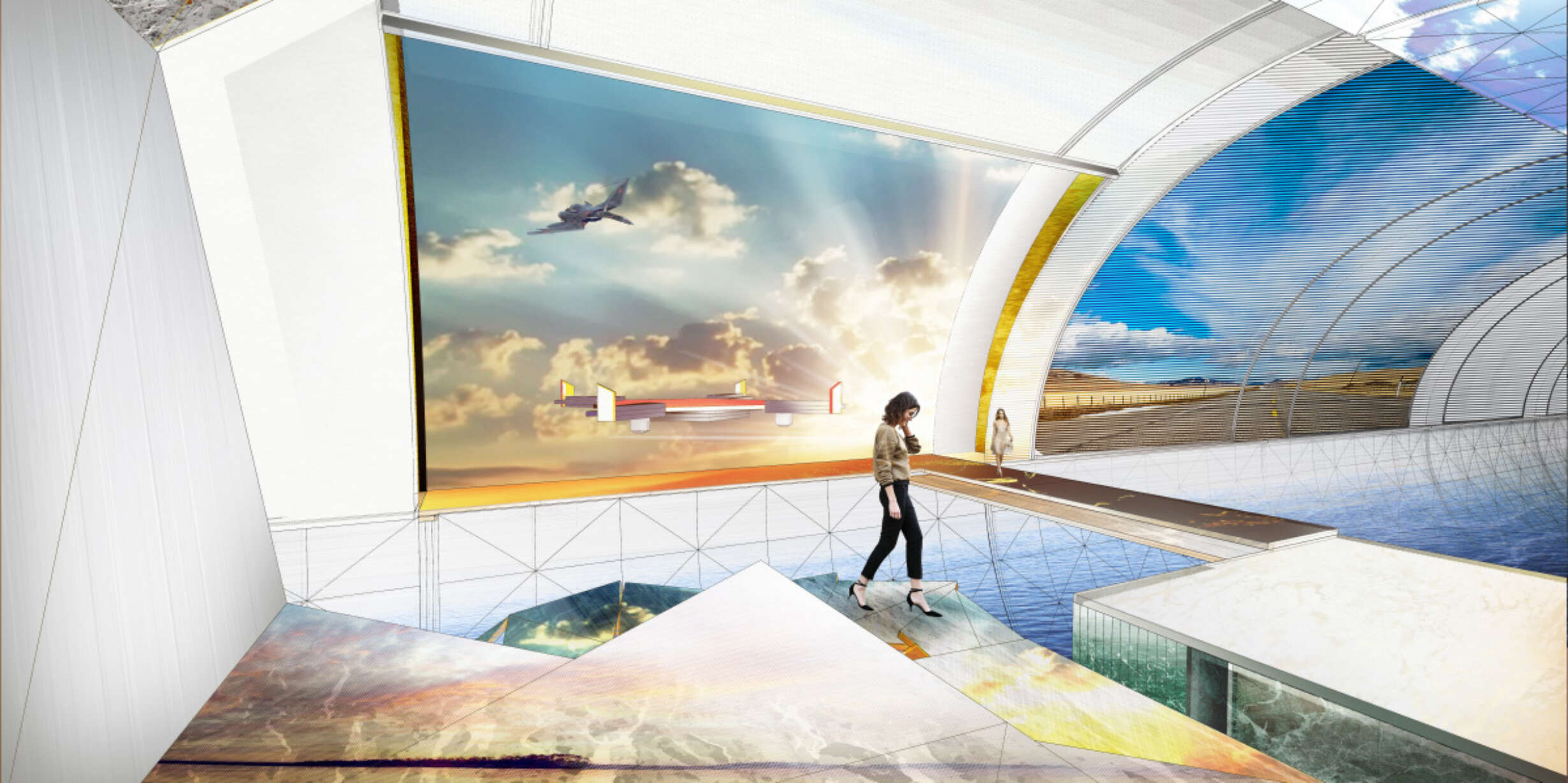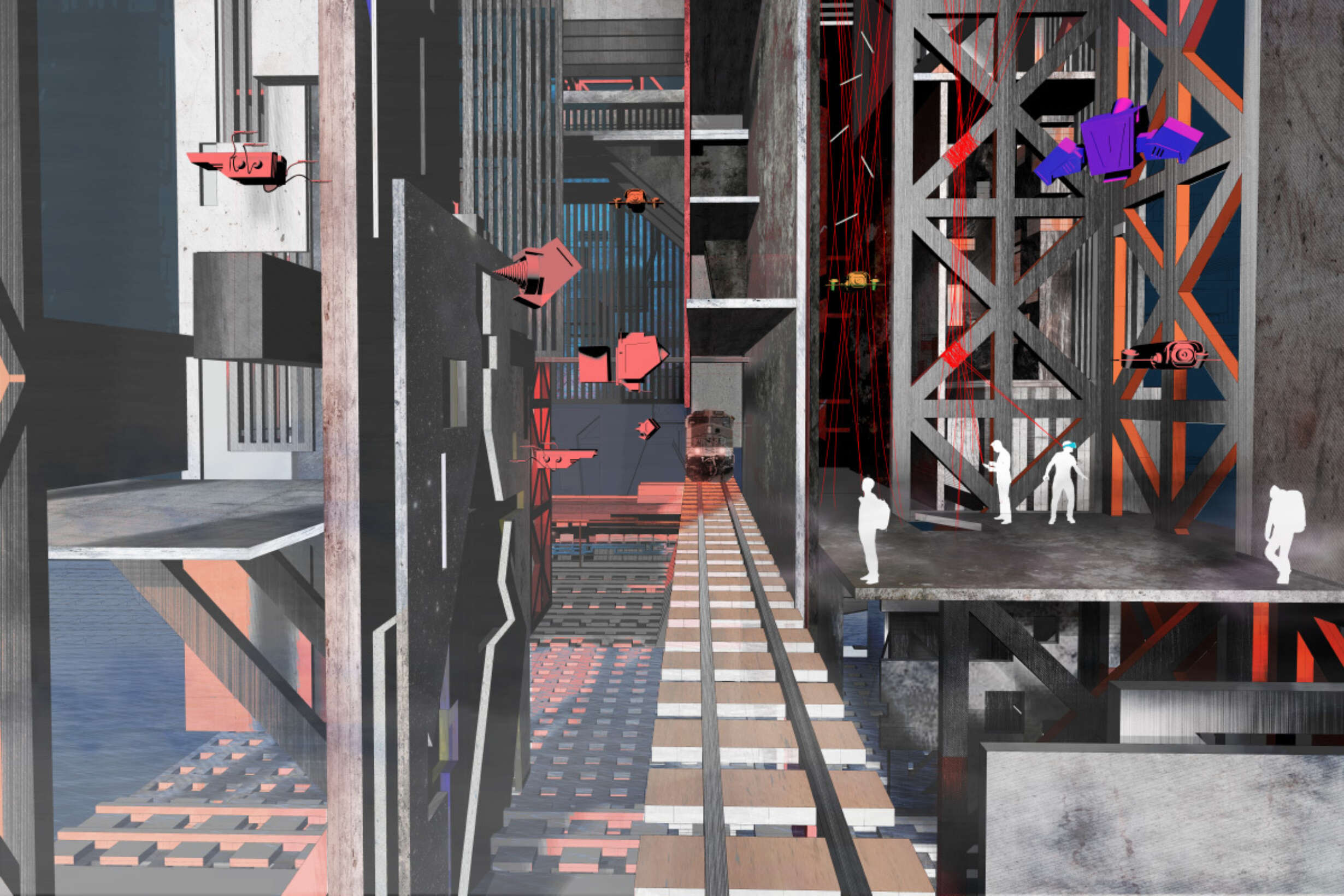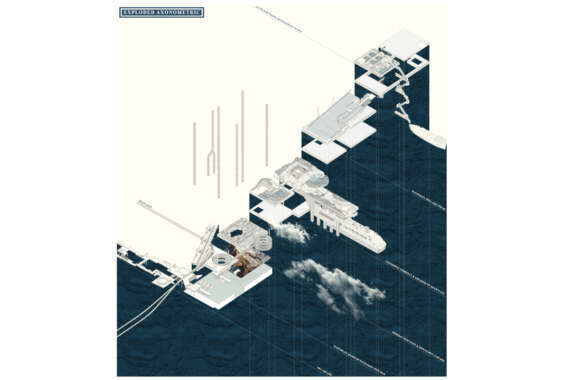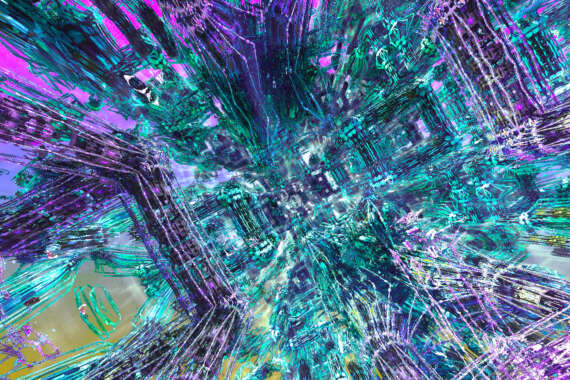Empty Ascension: Envisioning a Dystopian Design
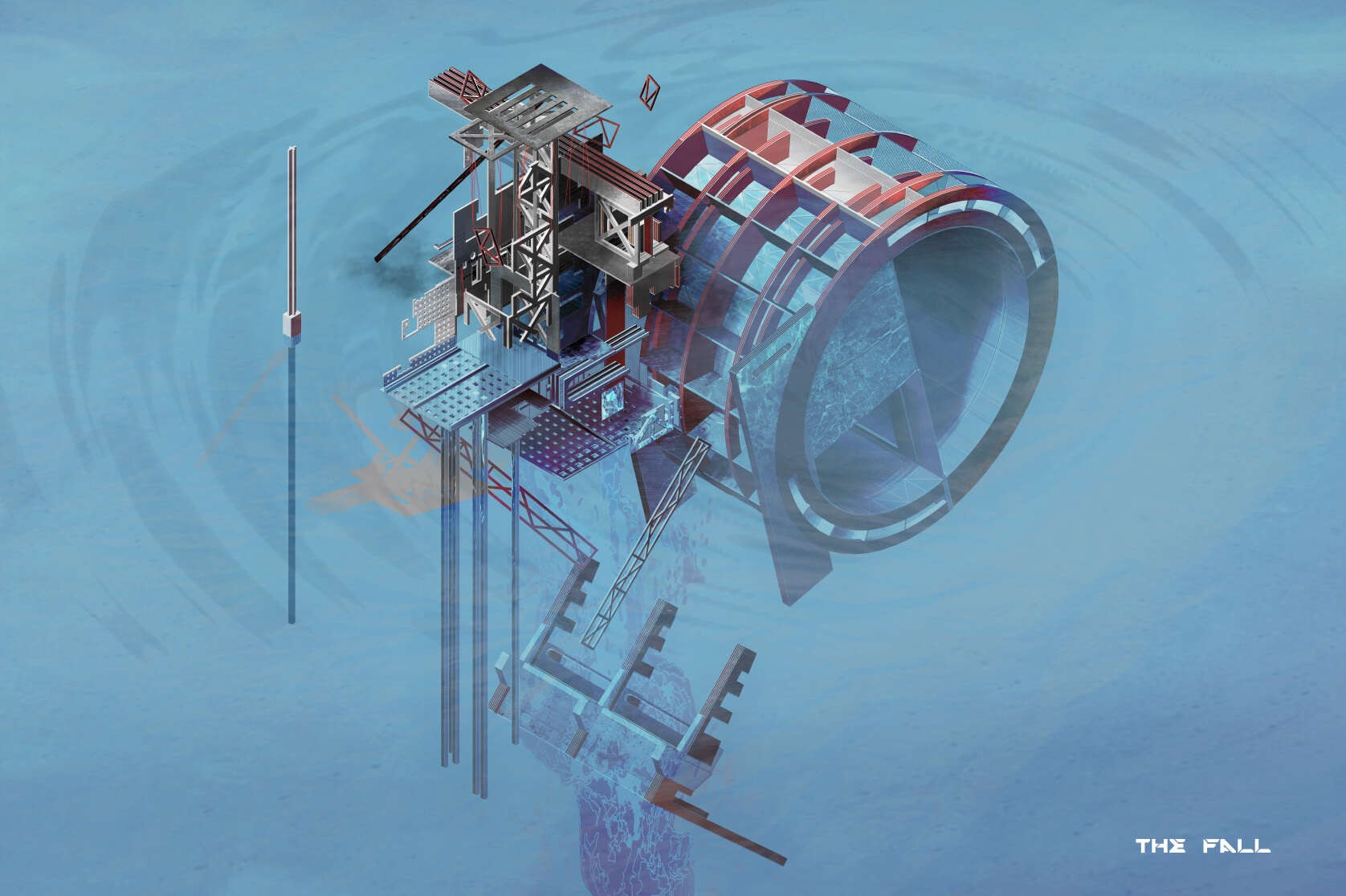
Dystopian fictions are the insinuation of humanity’s weakness and immoralities, highlighting and presenting the deadly implications of degenerate moral choices. Science fiction writers do so by exaggerating the vices as a totalising element of the setting, questioning the ethics and principles of such a place. Architecture is utilised as the manifestation of the harmful consequences of dystopia. It is the setting of dual conflicts: the suppression of the populaces and the target of rebellion.
Our relationship with architecture is twofold: it reflects how we live whilst simultaneously it affects our behaviour and lifestyle.







